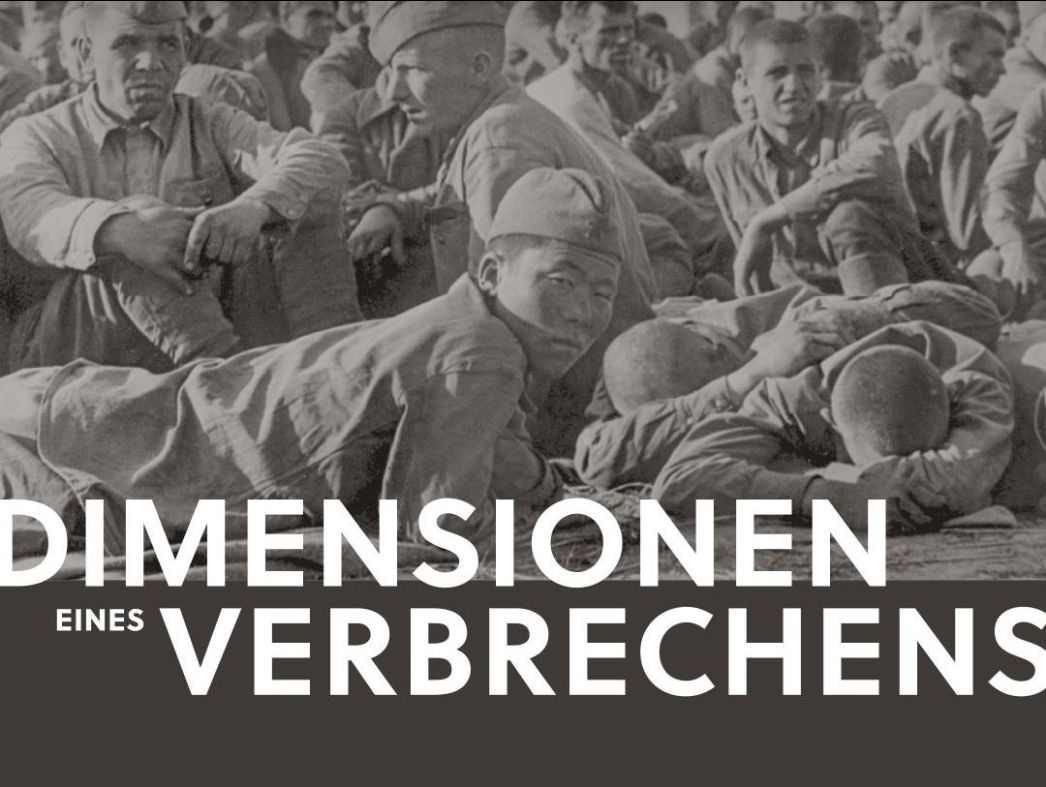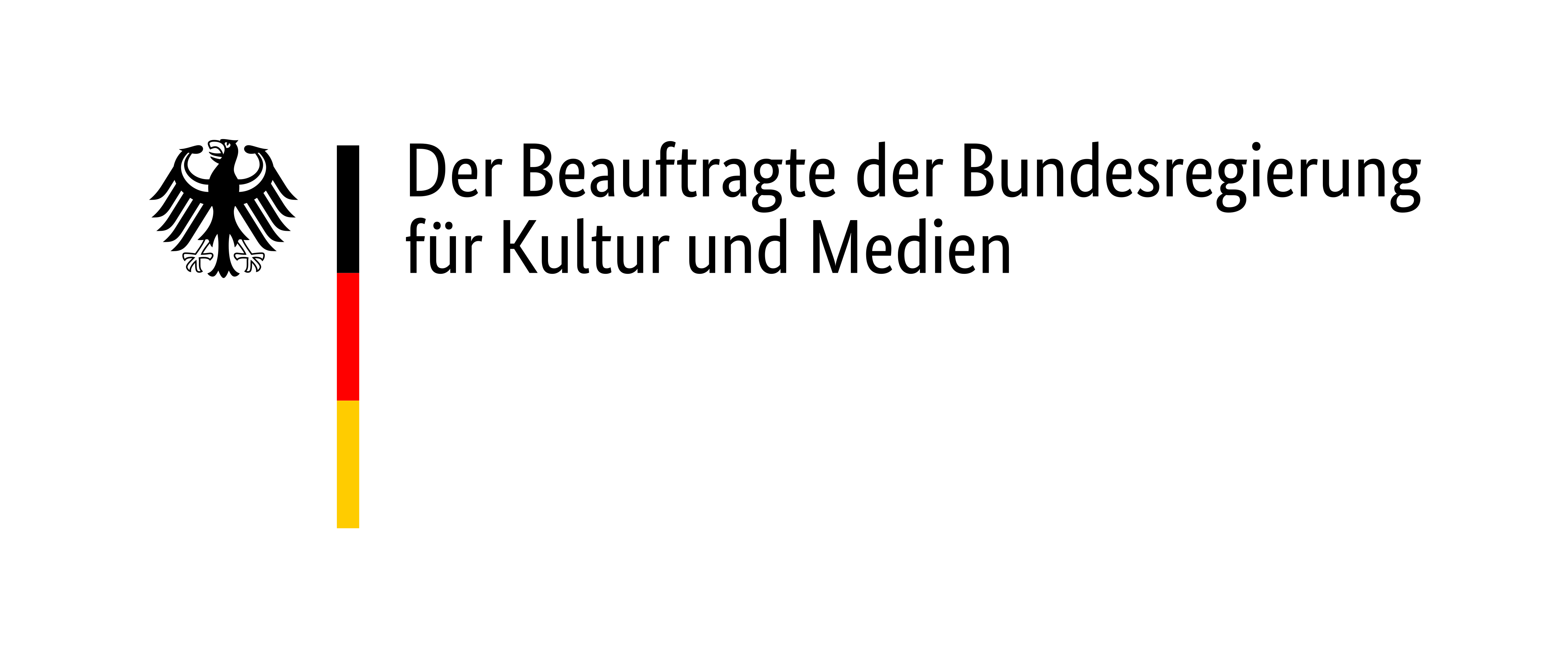
Soviet prisoners of war in World War II
On June 22, 1941, the German Reich invaded the Soviet Union. By the end of the war, the Wehrmacht had captured around 5.7 million soldiers of the Red Army. Their treatment was criminal. Anti-Bolshevik and racist attitudes played just as much a role in this as the military and economic interests of the Nazi regime. More than three million Soviet prisoners of war lost their lives. Many of them were shot. Most died of hunger and disease due to completely inadequate supplies, especially until the spring of 1942.
After 1945
In the Soviet Union, the survivors were confronted with the mistrust of the authorities. They were under general suspicion of treason and were socially disadvantaged for decades.
Today
Although Soviet prisoners of war are one of the largest groups of victims of German mass crimes, they are hardly remembered today.
The exhibition concept
This exhibition offers an approach to the subject. It aims to address the diverse fates of Soviet prisoners of war and bring them to the attention of a broad audience.
- Nine chapters provide a thematic overview up to the present day.
- Twelve biographies present individual fates.
- A map of Europe shows selected camp locations and victim numbers.
- Two media stations supplement the narrative: they enable research on selected memorial sites and a source-critical examination of photographs.
The exhibition is bilingual: German/English.

Cooperations:
This exhibition was developed by the Berlin-Karlshorst Museum in cooperation with the Lower Saxony Memorials Foundation, the German War Graves Commission, the German Historical Institute in Moscow, and the Flossenbürg Concentration Camp Memorial.
Its presentation in Weimar at the Museum of Forced Labor is an initiative of the Buchenwald and Mittelbau-Dora Memorials Foundation.
The Museum of Forced Labor offers educational programs related to the exhibition in cooperation with the Buchenwald Memorial.
The exhibition was funded by the Federal Government Commissioner for Culture and the Media, the Federal Foreign Office, and the Bavarian State Ministry of Education and Culture.
EDUCATIONAL PROGRAMS FOR GROUPS:

Guided tour of the temporary exhibition
For groups of young people and adults
Bookings and further information buchung@museum-zwangsarbeit.de
Two-day photography workshop in collaboration with the Buchenwald Memorial
For groups of young people and adults
Source-based critical examination of historical photographs & learning and applying photography techniques.



